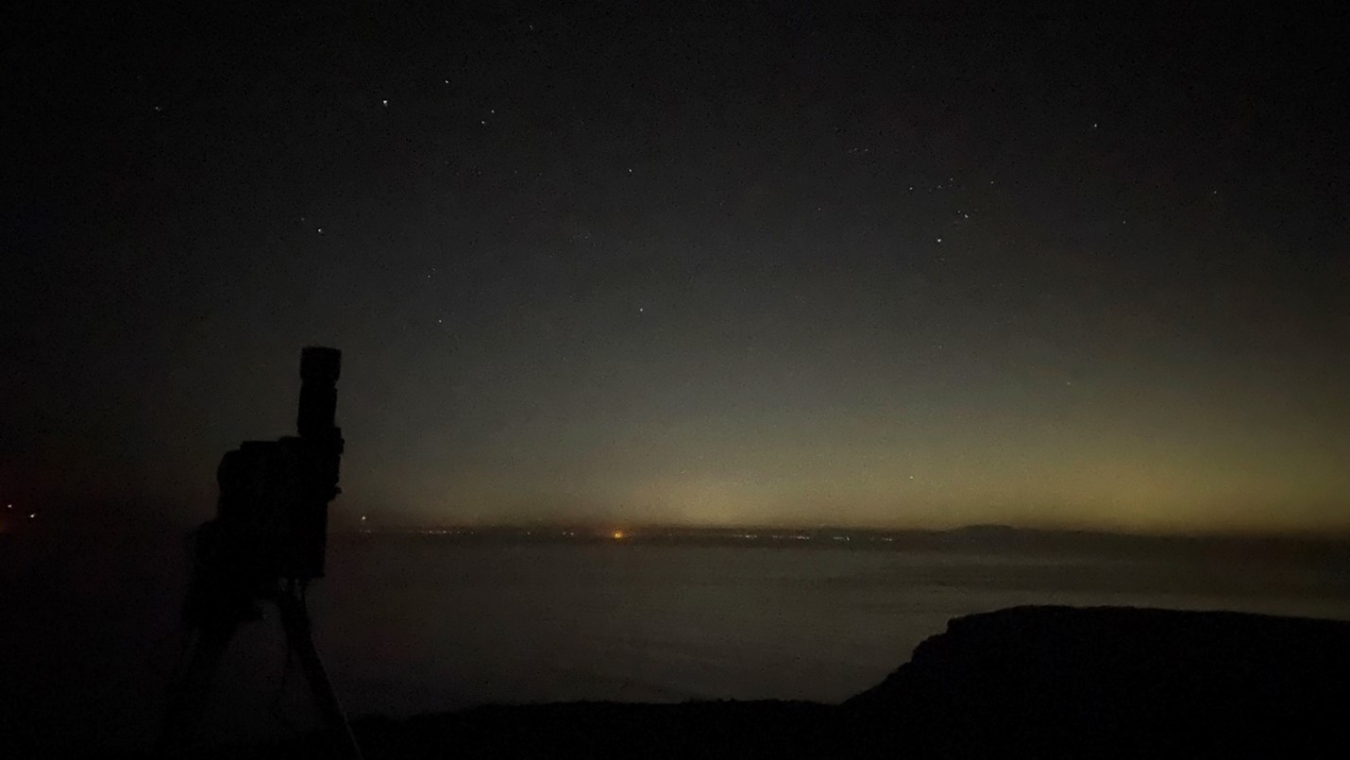
Outdoor lighting is provided at night for safe navigation, a sense of reassurance, detection of hazards, and enjoyment of spaces. However, human-created or “anthropogenic” light in the outdoor nighttime environment has negative impacts, including ecological disruptions, increased sky brightness, and impacts on specific at-risk animal species. This increased appreciation and understanding of the impacts of light at night has brought forth a challenge for lighting users, specifiers, designers, and manufacturers: balancing the intended function of light at night—typically, human visibility and safety—with these negative environmental impacts.
Light at night has ecological consequences in cities and protected areas and the balance-of-function of the lighting and its consequences will be different depending on the setting. The roles of lighting in both types of settings need to be better understood to make more-informed lighting decisions, and with ongoing research our understanding will continue to improve over time. LED technology has been adopted for outdoor applications because of the massive amount of energy savings offered by the increased efficiency of LED sources. Energy savings is a critical, global-scale environmental consideration, but the careless use of light at night (even with efficient sources) is a growing concern. The proliferation of unnecessary, excess, misdirected, and mistimed light at night wastes significant energy while also creating ecological disruptions.
LED technology offers the potential to reduce light at night by as much as 80-90%. Further research on the intended function of light at night (safety, security, visibility) and the negative consequences of light at night (ecological disruptions and sky glow) will enable development of improved practices and better-informed trade-offs between the need for light at night and the consequences of using light at night.
DOE engages with leading subject matter experts to better understand and address these concerns and to identify critical research priorities. These meetings resulted in the following reports:
- Outdoor Lighting R&D Meeting (2022, publication pending)
- Wildlife Responses to Light R&D Meeting (2022, publication pending)
OUTDOOR LIGHTING RESEARCH
- Roadway Lighting Research seeks to better understand the effects of LED roadway lighting on energy use, as well as its potential impact on health and safety.
- Sky Glow Research describes efforts to characterize and measure sky glow.
OUTDOOR LIGHTING GUIDANCE
The Illuminating Engineering Society (IES) and International Dark Skies Association (IDA) have published a set of general guidelines: the Five Principles for Responsible Outdoor Lighting. The Five Principles advocate thoughtful deployment of light at night, optical control to direct light only where it is necessary, using the minimum amount of light necessary, use of controls to use light only when necessary, and careful selection of color temperature. These approaches can greatly minimize lighting energy consumption and the negative ecological impacts of light without adversely affecting the intended function of the installed lighting. They align with DOE’s focus on Lighting Application Efficiency, detailed in DOE’s Solid-State Lighting R&D Opportunities document.
The Five Principles provide a starting point while IES works to develop guidance in the form of standards and best practices. DOE provides technical support and leadership for the IES Outdoor Nighttime Environments (ONE) committee.

